For many drivers, summer’s warm temperatures are an open invitation to venture down dusty roads, up winding trails, and across the great American highway system. Rising temperatures mean fun road trips with friends and family, but they also mean changes in your vehicle's tire pressure. Watch out for the dangers of over- or underinflated tires and gear up for a safer road trip season with Firestone Complete Auto Care by your side. With your new tire know-how, you may even be able to increase your car's fuel efficiency!
In general, tires lose or gain 1 PSI (pound per square inch) for every 10℉ change in temperature. Theoretically, your tires could gain 2 PSI over the course of the day if the temperature rises 20℉—a real possibility in many parts of the country.
Just look at average temperatures in Texas! In May, the average high sits around 80℉, with an average low in the 60s, reports Weather. com. Things cool off as you move a little north and west, with average highs in the 70s and lows in the 50s from North Carolina to Kansas.
From the hills of Virginia to the plains of Oklahoma, your vehicle is likely to encounter natural forces that will cause your tire pressure to go up and down throughout the day. So, why does it matter?
Proper tire inflation can lead to improved fuel economy, increased handling and safety, more responsive braking, and a smoother ride—all things that make for a great summer road trip. While tires are designed to handle some fluctuation in temperature and PSI, they perform best when they start at the vehicle's recommended tire pressure. Just like eating a healthy, well-balanced breakfast sets your body up for success, inflating your tires to the recommended pressure sets your vehicle up for success!
When a tire is underinflated, more of its surface area comes in contact with the road.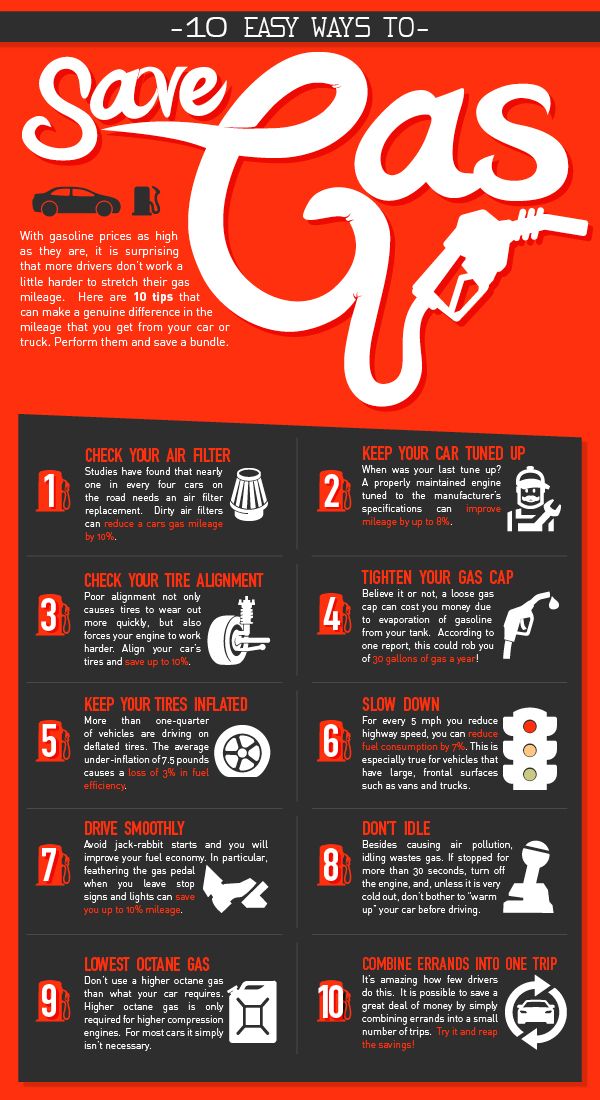 This can cause your car to feel sluggish and slow to respond, and may decrease your fuel economy.
This can cause your car to feel sluggish and slow to respond, and may decrease your fuel economy.
“Under-inflated tires can lower gas mileage by about 0.2% for every 1 PSI drop in the average pressure of all tires,” reports the U.S. Department of Energy.
Underinflated tires can prove costly from a fuel perspective, but also when it comes to buying tires. Underinflation can decrease the lifespan of your tires and make them more vulnerable to damage—all leading to you having to buy more tires, more often.
When a tire is overinflated, less of the tire's surface area comes into contact with the road. The tire will wear prematurely, possibly unevenly, and cause the car to handle and brake poorly, write the car gurus at CarTalk. The tire can also become rigid and inflexible, making it more prone to damage from potholes and other road debris.
Pro-Tip: Don't count on your electronic tire pressure monitoring system (TPMS) to light up if you have an overinflated tire. The warning light will only come on if a tire's pressure is too low, not too high.
The warning light will only come on if a tire's pressure is too low, not too high.
When it comes to your vehicle's recommended tire pressure, there's no reason to guesstimate. Use our handy online tire pressure tool to find it in just a few clicks!
With this number in mind, grab your tire pressure gauge, get down to business, and check your tires. If your recommended pressure is 35 PSI, that means 35 PSI before you start driving, notes CarTalk. To get the most accurate reading, check your tire pressure in the morning before hitting the road for the day, and adjust your tires based on that reading. Note that in the summertime, your reading may be impacted if the vehicle has been sitting in direct sunlight for a while or parked on hot pavement.
When life gets busy, head to your nearest Firestone Complete Auto for a fast, free vehicle inspection and tire pressure check.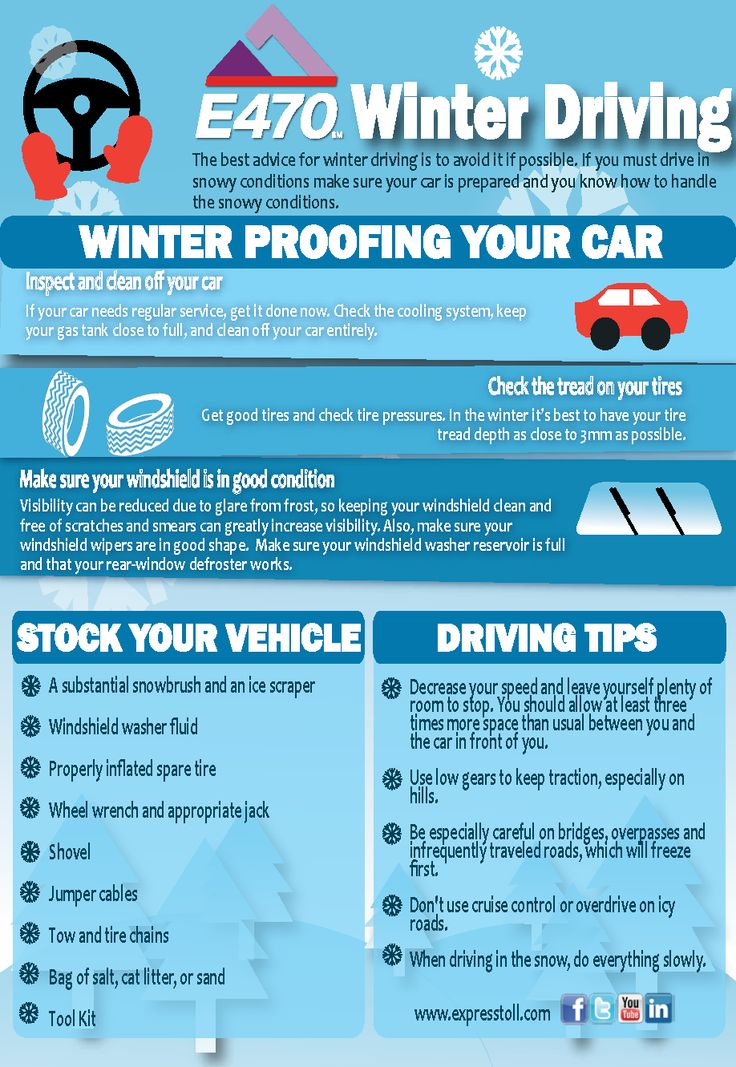 Our knowledgeable technicians will check the health of your current tires, inflate them to the recommended PSI, and guide you in buying new tires if yours show an unsafe degree of wear. Schedule an appointment online or stop by today. Our experienced tire technicians are here to set you up for a safe summer driving season!
Our knowledgeable technicians will check the health of your current tires, inflate them to the recommended PSI, and guide you in buying new tires if yours show an unsafe degree of wear. Schedule an appointment online or stop by today. Our experienced tire technicians are here to set you up for a safe summer driving season!
Your browser's Javascript functionality is turned off. Please turn it on so that you can experience the full capabilities of this site.
One of the greatest risks to your everyday driving safety is the one thing you can’t actually see: your tire pressure. Since inflation levels are invisible to the naked eye (unless your tire is almost flat), it’s important to understand how to find and maintain proper air pressure, and to be aware of the dangers of driving on over and under-inflated tires.
There is a tire pressure marking on the sidewall of your tires, but this isn’t the optimum air pressure for your tires, it’s the maximum.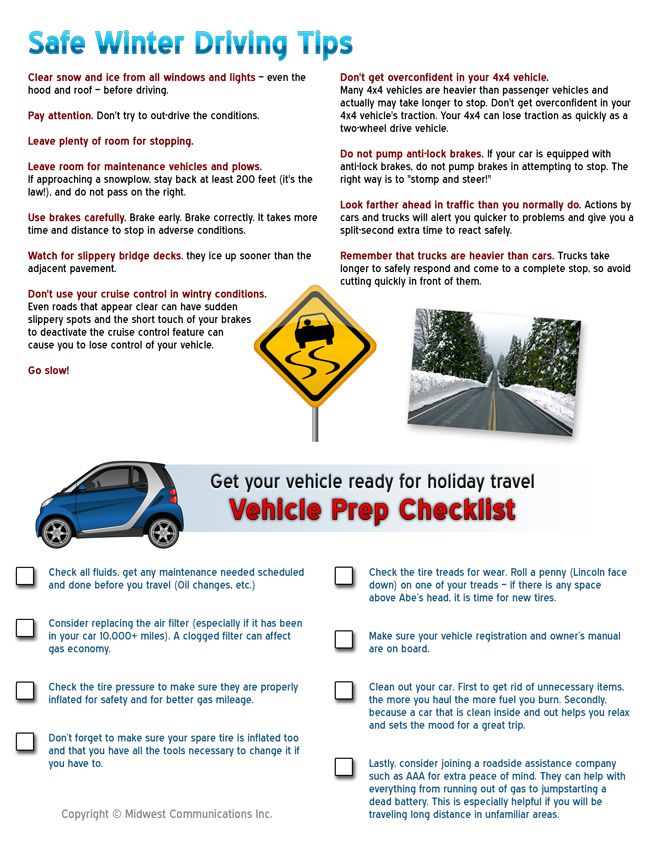
The words ‘Max. Press. 35 PSI,’ for example, indicates the maximum pounds per square inch pressure needed for your tire to support the weight of its maximum load-carrying capacity. For everyday use, most passenger cars will have a recommended or optimum pressure of 30 or 32 PSI.
The handling characteristics change at max pressure
Since tires inflated to the max can’t give as much on the sidewall, you might see strong cornering performance, but it could be at the risk of your braking threshold. One quick corner and your back end could slide out.
Your tire life decreases at max pressure
When your tires are overinflated, the rubber rounds out at the top of the tire when you’re driving, and the centre will quickly wear out. You’ll also reduce your traction and you could even cause a blowout.
You’ll find the manufacturer’s optimum or recommended tire pressure for your car on a sticker in the door jamb, or in your owner’s manual. Some models even place the stickers on the trunk lid, in the console or on the fuel door.
Some models even place the stickers on the trunk lid, in the console or on the fuel door.
When you drive with over-inflated tires, you risk:
When you drive with under-inflated tires, you risk:
 That friction can lead to overheating, which can cause tread separation and blowouts in extreme cases.
That friction can lead to overheating, which can cause tread separation and blowouts in extreme cases.If you’ve been driving with your tires over-inflated or under-inflated, immediately deflate them to the manufacturer’s recommended pressure for your driving safety. If you’re not confident about how to check your tire pressure, follow our handy 5-step Guide to Checking Tire Pressure.
When your tires are consistently inflated to the recommended air pressure, you enjoy greater tire life, performance and safety.
Winter
When the temperature drops, air contracts and as the molecules get closer together, the reduction in volume causes tires to lose their pressure. Before you know it, your tires are underinflated. Be sure to check your tire pressure regularly during the winter months.
Summer
Just as cold outside air causes the air inside your tires to contract in winter, warm outside air causes the air inside your tires to expand in summer. The rule of thumb (best understood as our American counterparts put it) is that tire pressure will go up approximately one pound per square inch (PSI) for every 10 Fahrenheit increase in temperature. So, let’s say your manufacturer’s recommend inflation level is 35 PSI, on one of those all-time hot August afternoons, your tire pressure could be somewhere near 40 PSI.
It's also important in summer to keep in mind that driving equals friction between the road and your tires, which equals heat, which equals…you guessed it…an increase in tire pressure. For this reason, regardless of the weather, your air pressure can increase about 5 PSI in the first half-hour of driving before stabilizing. In the sweltering heat of summer asphalt at high speeds for long stretches, that number can rise, and not for the better.
Would you feel better about having expert eyes on your tires’ air pressure?
We can check your tire pressure for you and fill your tires with FREE air!
Find a Store
Was this article helpful?
Click on thumbs up or down to vote.
What should be the pressure in the tires of the car? Does it need to be adjusted and what will happen if the pressure is changed in one direction or another?
Two friends conversation:
- Hello, I lowered the wheel!
— Not at all?
- No, only from below . ..
..
Humor from the Web
Let's start with platitudes. The pressure must be as specified by the vehicle manufacturer. And since the average modern driver usually does not have such information, especially for him, a "cheat sheet" with the necessary numbers is hung on the middle pillar on the driver's side or on the gas tank hatch cover.
A relatively rare solution: the "reminder" is located on the gas tank cap.
A relatively rare solution: the "reminder" is located on the gas tank cap.
An important point: pressure should be measured only on cold tires. By the way, especially for pedants: cold tires are those on which the car has been without movement for at least 5 hours.
This "cheat sheet" nestled on the driver's door. An example of how tire pressure recommendations change depending on tire size.
This "cheat sheet" nestled on the driver's door. An example of how tire pressure recommendations change depending on tire size.
Since car manufacturers allow the use of tires of different sizes, the pressure may also be different. In addition, the pressure in the front and rear tires has the right to both differ and be the same.
And here there is no difference in recommendations: what is in front, what is behind is the same.
And here there is no difference in recommendations: what is in front, what is behind is the same.
Related materials
Seasonal tire change: everything car owners need to know
Reduced pressure leads to an increase in tire deformation, more heating during wheel rolling, accelerated wear of the outer tread tracks. Perhaps even a violation of the integrity of the frame.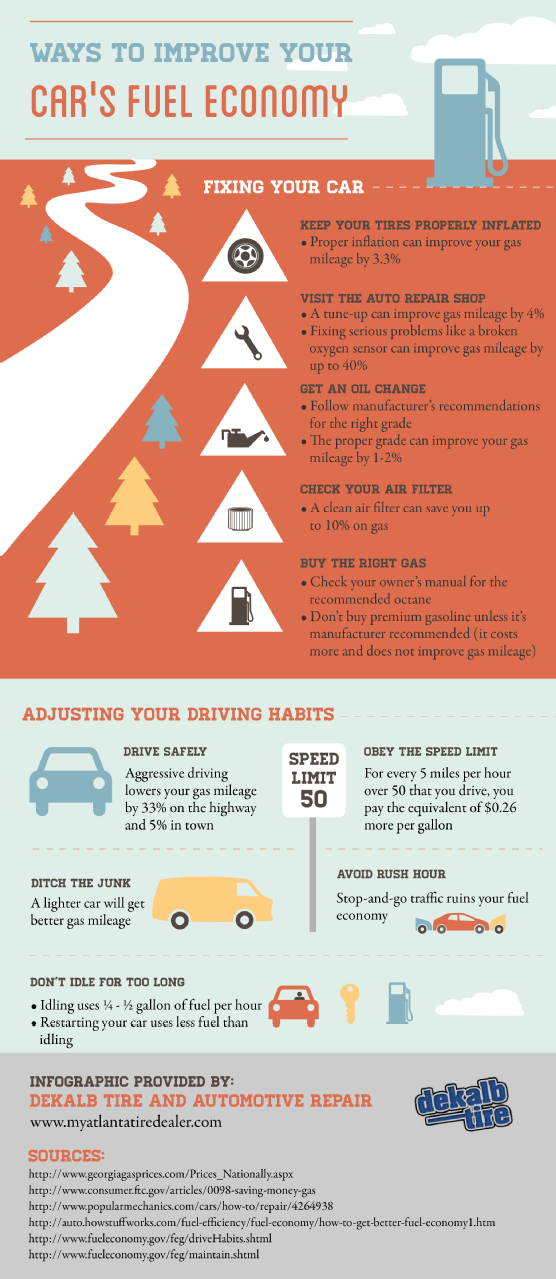 As a result, fuel consumption increases. If you hit a hole in the road, the likelihood of damage to both the disk and the tire is higher.
As a result, fuel consumption increases. If you hit a hole in the road, the likelihood of damage to both the disk and the tire is higher.
Increased pressure is an overstrain of the cords, increased wear of the middle part of the tread. In addition, when driving on a bad road, the shocks that are transmitted to the suspension and body will become more noticeable for riders. When hit in a pit, the likelihood of a tire burst increases.
Uneven pressure on all four wheels is the worst thing! At the same time, the car, while driving, inevitably leads the wheels with lower pressure to the side - in fact, sideways movement begins.
Tube tires of the past required a weekly check, especially before the advent of butyl tubes. Then the pressure began to be checked less often, and nowadays, as a rule, they are limited to visual inspection.
Tube tires of the past required a weekly inspection, especially before the advent of butyl rubber tubes. Then the pressure began to be checked less often, and nowadays, as a rule, they are limited to visual inspection.
Then the pressure began to be checked less often, and nowadays, as a rule, they are limited to visual inspection.
In a good way, you need to check the tire pressure at least once a month. And before a long journey - just a must.
Related materials
Budget Tire Compressor Test: Wrong Bees
The air pressure in an enclosed space changes by approximately 0.1 bar for every 10 degrees of temperature change. This allows, having installed summer wheels in April, not to worry about the pressure in them until the end of August, when the air temperature begins to drop. Having pumped up the wheels at the end of summer, you can already reach the seasonal shift. But having installed winter tires in October, with the first frosts, you should check the pressure a couple more times: when the temperature drops to minus ten, fifteen, and when it goes over minus twenty. But from the middle of winter until the moment of changing the wheels to summer ones, there is again a period of relaxation.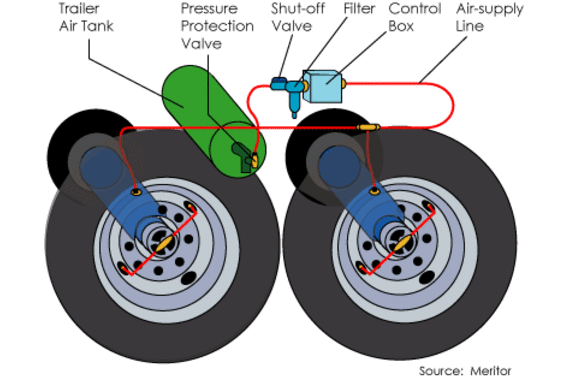
Electronics are increasingly thinking for us. Now, a tire pressure monitoring system is being installed on parts of production cars. Moreover, some simply read the wheel speeds through the ABS sensors: after all, a flat tire rotates faster, since its radius is smaller than that of inflated wheels. There are also sensors that evaluate the amount of air pressure and send information to the “brains” of the car via a radio channel. Such devices can also be purchased separately: sensors - in the wheels, and the receiver - in the car.
By the way, a lot depends on the road you are going to take.
The owner's manuals supplied with the vehicles indicate that it is recommended to increase the pressure by 0.2-0.3 bar before driving for a long time on expressways. We advise you to follow these recommendations on all cars: it will not get worse.
The operating instructions supplied with the vehicles state that it is recommended to increase the pressure by 0.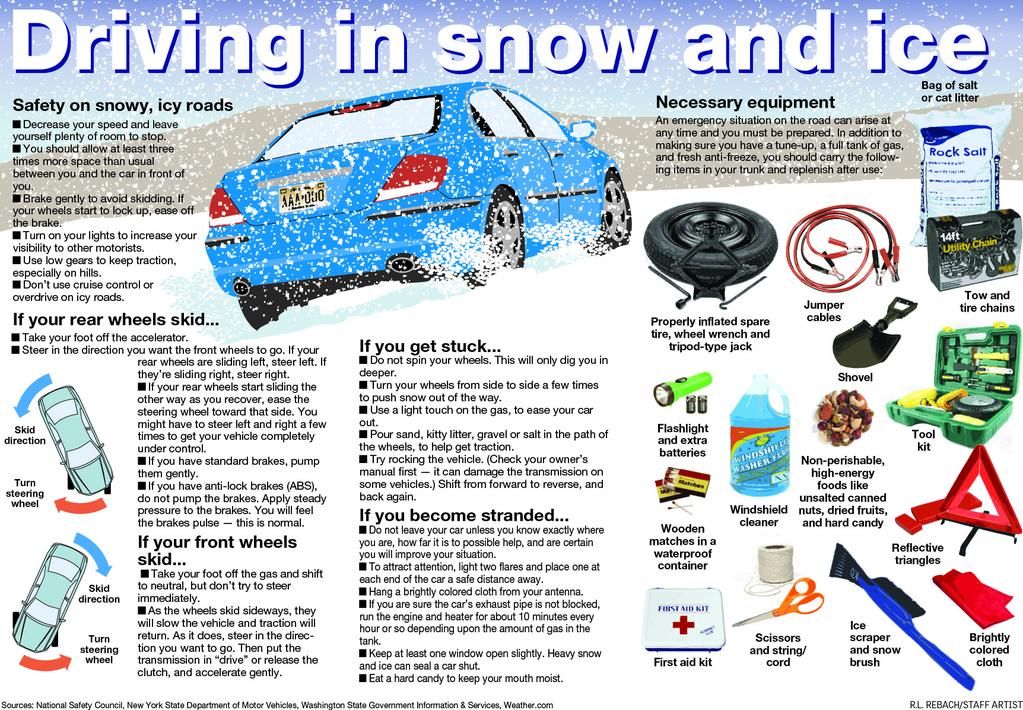 2-0.3 bar before driving for a long time on expressways. We advise you to follow these recommendations on all cars: it will not get worse.
2-0.3 bar before driving for a long time on expressways. We advise you to follow these recommendations on all cars: it will not get worse.
I don’t want to discuss overload: this, you see, is not the case. But, unfortunately, many deliberately overload the car several times a year, not only stuffing the interior and trunk to the eyeballs, but also attaching a trailer, which additionally loads the rear wheels of the tractor. In such cases, we advise you to increase the pressure in the rear tires by at least 0.2–0.3 bar. Tires will only thank you.
If you doubt the accuracy of your pressure gauge, then we advise you to check it immediately after leaving the tire shop, where you were set the obviously necessary pressure, to measure it with your own measuring device (separate or as part of the compressor). So you determine whether your pressure gauge is "lying" a lot. For the future, right on the dial, you can put a mark of the correct value.
Of course, it is better to have your own, known to be correct pressure gauge, but such a toy is not cheap.
Of course, it is better to have your own, known to be correct pressure gauge, but such a toy is not cheap.
If terrible ice caught you on summer tires, say, in the country, and you need to drive some distance along an absolutely icy road by any means, then you should reduce the tire pressure to approximately 1.6 bar. Is it bad for tires? Yes. But an accident will cost more. In addition, in such a situation, one does not have to wait for high speed, and overheating of tires at near-zero temperatures most likely will not happen.
Everyone knows what caused the excellent maneuverability of Soviet tanks? That's right: wide tracks, that is, low pressure on the ground. We, having an ordinary, non-all-wheel drive car, are also able to provide it with a similar cross-country ability. If the wheels of the car sink into sand, snow or sticky mud, then it makes sense to lower the tire pressure. And not only driving, but also driven wheels.
If the wheels of the car sink into sand, snow or sticky mud, then it makes sense to lower the tire pressure. And not only driving, but also driven wheels.
We know from experience that you can often get out of the "black spot" by reducing the pressure to 1.2 bar.
We know from experience that it is often possible to get out of the "black hole" by reducing the pressure to 1.2 bar.
In a very critical situation, if you know that you have a fairly narrow disc and a relatively wide tire (such a wheel has a lower chance of self-disassembly), you can reduce the pressure to 1.0 bar.
Stalled on wet grass? Try to relieve pressure.
Stalled on wet grass? Try to relieve pressure.
Pressure reduction is also useful in other cases - for example, to overcome diagonal hanging. If you reduce the pressure in the wheels on which the car rests, their height will decrease and there will be a chance to “hook” on the suspended wheels. Of course, if the car has already laid down on the bottom, then it is too late to reduce the pressure - this will only interfere.
Of course, if the car has already laid down on the bottom, then it is too late to reduce the pressure - this will only interfere.
A concrete example of the effect of pressure on flotation. In this case, the pressure is very low, and the contact patch of the wheel with the coating is much larger than that of a conventional car.
A concrete example of the effect of pressure on patency. In this case, the pressure is very low, and the contact patch of the wheel with the coating is much larger than that of a conventional car.
In general, the pressure in tires, as well as in vessels, is better to keep normal. Any deviation has its negative consequences. Tell us, have you ever had to adjust tire pressure to improve flotation?
Tire pressure: your norm
Tire pressure: your norm
What should be the optimal pressure in car tires. What to do if less or more than the nominal. How much to “pump” and how to do it correctly - with or without a load. Should it be different in winter or summer?
What to do if less or more than the nominal. How much to “pump” and how to do it correctly - with or without a load. Should it be different in winter or summer?
The wheel of a car with normal air pressure is in full contact with the road surface. There is a uniform wear of the profile and a better grip is provided. If the pressure is reduced, then the tires will hum, when pumped - whistle.
It becomes more difficult to control the car on the road, it will bounce in the pits. In overinflated tires, the tire becomes hard and the grip surface is significantly reduced. It can be damaged by a sharp hole, besides, the tread wears unevenly on an overinflated tire, its service life decreases, and driving comfort decreases.
The main disadvantage of overinflated tires is that they increase the stopping distance of the car. This is due to the smaller area of contact with the road surface.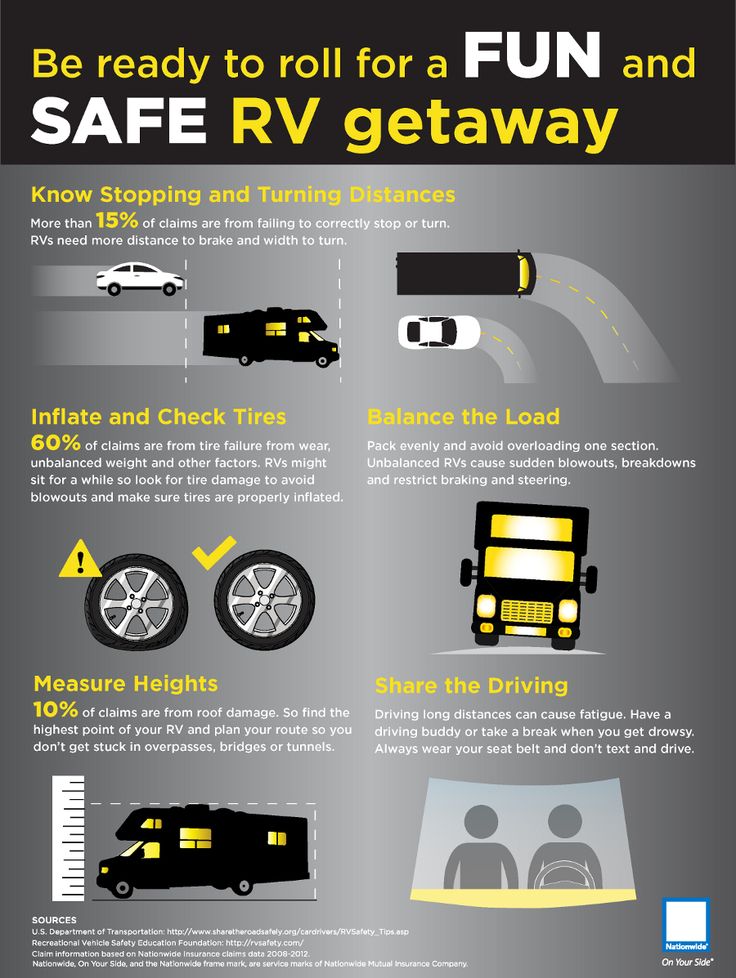 They are more sensitive to steering control, but increase the stability of the car in corners. For this reason, the pressure in the tires of sports cars is higher than usual. Also, when the car is fully loaded, manufacturers advise to pump up the rear wheels a little (by 0.2 - 0.3 bar).
They are more sensitive to steering control, but increase the stability of the car in corners. For this reason, the pressure in the tires of sports cars is higher than usual. Also, when the car is fully loaded, manufacturers advise to pump up the rear wheels a little (by 0.2 - 0.3 bar).
The fuel consumption of the car will increase, and the tires wear out faster. In addition, the angle of inclination of the wheel changes, while the internal structure of the tire is weakened, because. the center of the tire is slightly pressed upwards. Optimum transmission of force to the road is carried out only by the edges of the tire.
Low pressure increases the internal temperature of the tire, which increases resistance. This leads to its complete destruction. As a result, fuel consumption increases by up to 5%, and tire wear by 25%.
If a driver drives 20,000 km per year on uninflated tires, he will need an additional 540 liters of petrol per year.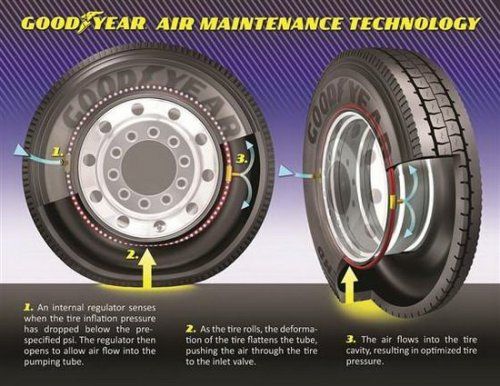 The car is less stable in corners, has a longer braking distance, and the wheels are less steerable, which can lead to a skid.
The car is less stable in corners, has a longer braking distance, and the wheels are less steerable, which can lead to a skid.
Each car model has its own nominal tire pressure in winter and summer. It is written on a sticker that is attached to the inside of the door on the driver's side, on the glove box lid, on the back of the gas tank hatch, in the spare wheel niche. When pumping up the wheels, be guided by this particular figure. They can also be found in the vehicle's owner's manual.
Normal tire pressure in a modern car is in the range of 2 to 3 bar. You need to check it before the trip, when the tire is cold. When the car is moving, due to the friction of the wheels with the road, the temperature rises, the pressure increases. To find out the optimal value, you need the car to stand for several hours, and preferably all night.
At negative air temperature, for every 10°C relative to zero, the pressure drops by 0. 1 bar. In hot weather it rises. 1 bar is approximately equal to 14.5 psi, 0.9896 atmospheres or 1 kg/cm2.
1 bar. In hot weather it rises. 1 bar is approximately equal to 14.5 psi, 0.9896 atmospheres or 1 kg/cm2.
Do not inflate to the pressure indicated on the tire. This figure indicates the maximum value that the tire can withstand. Read more in the article about marking and designations. Also pumping with nitrogen - does not give any advantages.
Check the pressure with a pressure gauge. It is tightly inserted into the open nipple. If you hear a whistling sound, it means air is escaping from the tire. Firmly press or screw the pressure gauge into the nipple until the end.
It turns out that it is impossible to accurately set the pressure in the wheel using compressor pressure gauges. After all, any valve (nipple) is an obstacle to the air flow. This is easy to check for yourself on a completely flat car tire. If you insert a pressure gauge in the first second of compressor operation, it will show a pressure of at least 0.